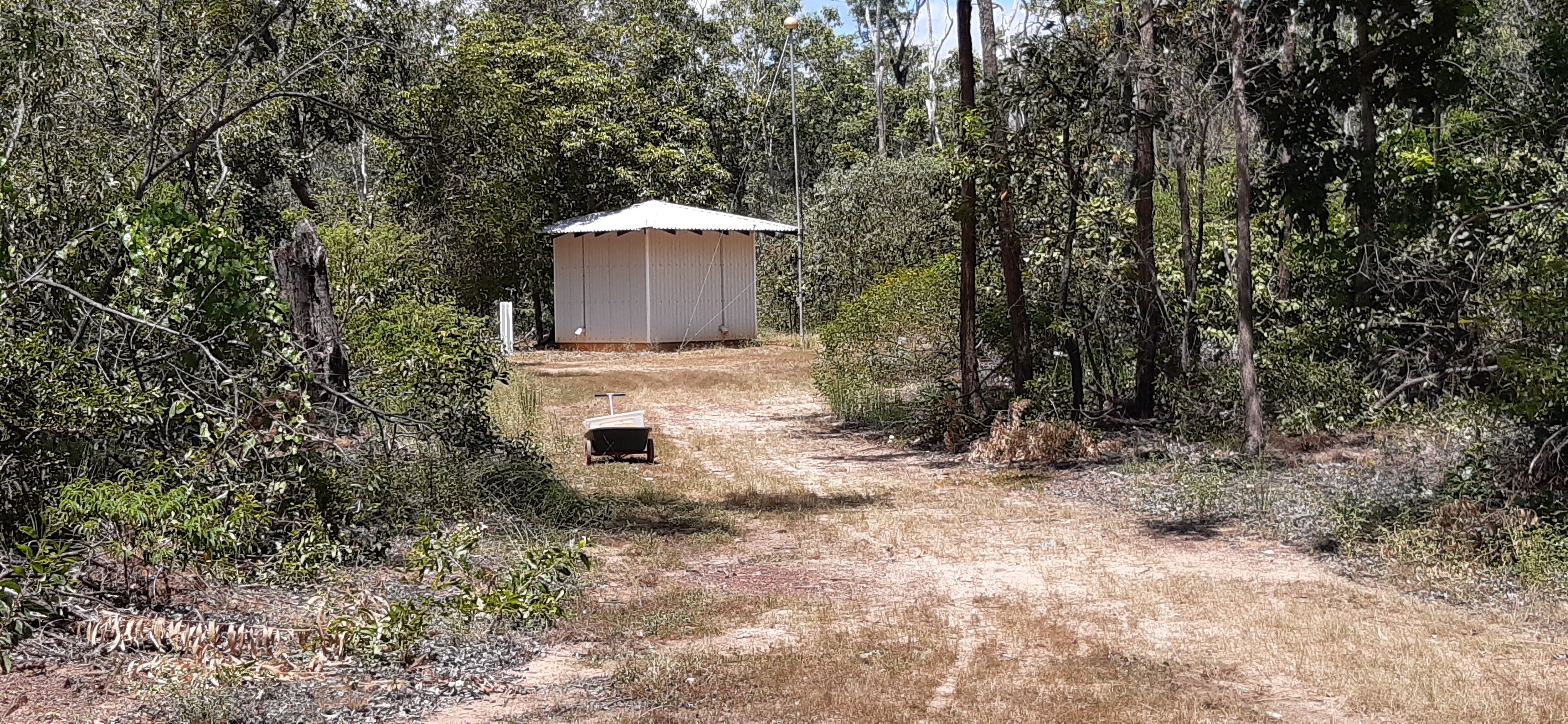The problem
Maintaining varied infrastructure across a vast country
Geoscience Australia’s infrastructure network monitors natural and man-made hazards in Australia and around the globe. It delivers real-time geophysical data to stakeholders across Australia, in our Pacific region and throughout the rest of the world.
The expansive network undertakes a diverse range of services, including seismic monitoring, nuclear monitoring, geomagnetic monitoring and satellite Earth monitoring. Providing verified, authentic data across such a large geographical area, while running many different monitoring services, is an enormous feat. Maintaining the vast infrastructure network to support work is also time consuming, costly and logistically challenging.
What we’re doing
Operating monitoring infrastructure to keep Australia safe
Geoscience Australia installs, runs and maintains a high-tech network of stations, observatories and cutting-edge equipment for monitoring and reporting on earthquakes, tsunamis, potential nuclear tests and variations in the Earth’s magnetic field. As well as servicing Australia, the Australian Antarctic Territory, and Pacific, Southern and Indian Ocean islands, the networks also support larger international monitoring systems.
Our infrastructure forms the:
- Australian National Seismograph Network (ANSN)
- Australian component of the International Monitoring System for the Comprehensive Nuclear-Test-Ban Treaty Organization
- Australian Geomagnetic Observatory Network (AGON)
- Alice Springs Satellite Ground Station (ASSGS).
- Australian part of the Global Seismic Network (GSN)
Real-time and baseline data from these networks underpin our critical products and services such as the National Earthquake Alerts Centre (NEAC) and Digital Earth Australia Hotspots.
Information collected by these networks is regularly used by the Australian Department of Foreign Affairs and Trade, the scientific community, local, state and federal governments, emergency management teams and the insurance sector.

